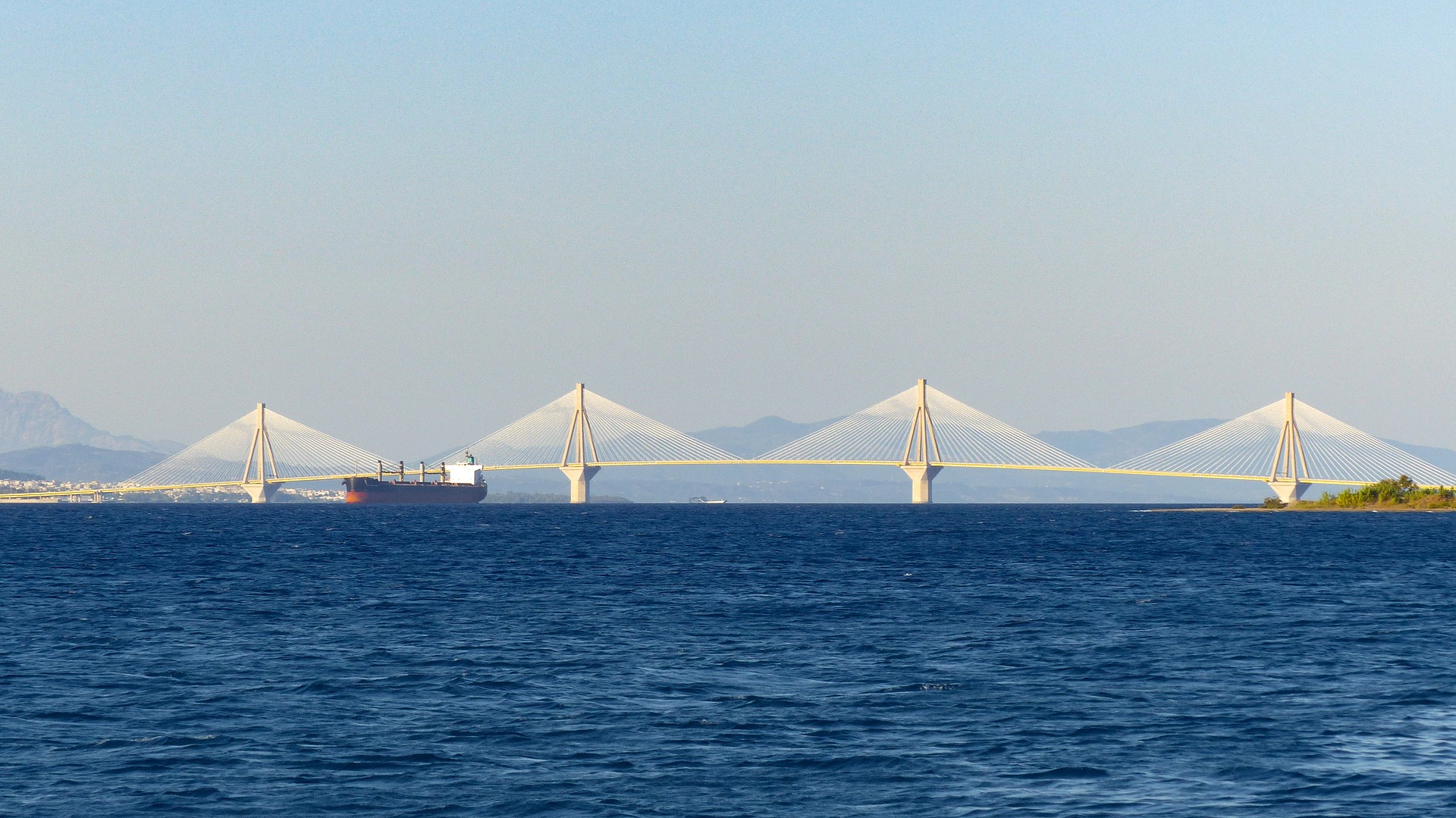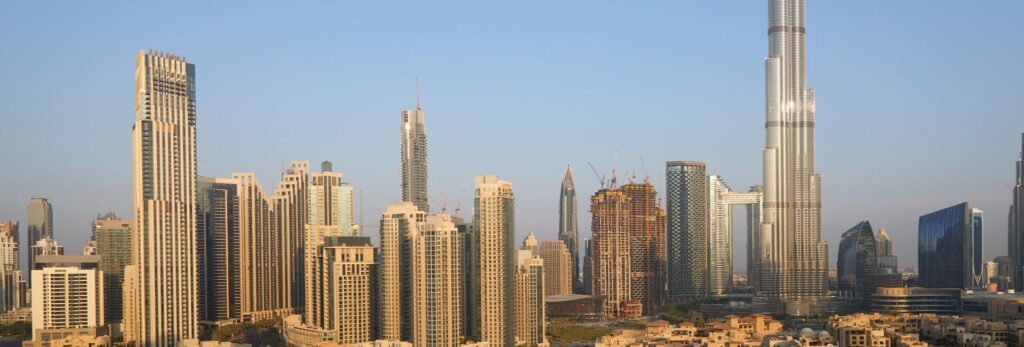In our last blog article, part 1 of this topic, we introduced you to geotechnical engineering’s history, beginnings and pioneers.
Now that we have laid the foundations, let’s move into the evolution of this crucial discipline.
MODERN TIMES
WHAT IS FOUNDATION ENGINEERING?
Larger structures like skyscrapers, bridges and other superstructures must sit on shallow bases like mat or pile foundations.
Foundation engineering is a type of study and analysis used to prepare structures to face the rigours of natural or man-made loads, lateral and vertical pressure from earthquakes, high winds and the weight of the structure itself. It allows us to build sound structures that can withstand the mechanics of the soil and the forces of nature.
Shoring systems are also an important part of foundation engineering. They involve bracing deep excavations, preventing landslides and building supportive tunnels, among others.
GEOTECHNICAL ENGINEERING TODAY
Today, geotechnical engineering has been developed and perfected to a point where it can influence the sustainability of infrastructure development. This is largely because it comes into play early in the project and the construction process. Impressive geotechnical advancements are still being made thanks to intensive testing that is carried out in the field. Obviously, most of these innovations are not widely recognized because the works are carried out underground. Nonetheless, they’re a key to the success of a building project.
Some works are more temporary, such as deep excavation support to construct a high-rise tower. One example is the Burj Khalifa in Dubai—it’s the tallest tower in the world, standing at 2,722 feet (829.9 m) high.
Two years of groundwork went into analyzing and planning before construction of the building could even start. A total of 6 months of intensive geotechnical investigation and testing, followed by a year and a half of excavation and foundation construction, were conducted before construction could begin on the structure itself. The geotechnical team faced many challenges in constructing the tower, including the unique design of the building footprint itself, the generally weak soil of the construction site and the overall size of the structure putting massive pressure on the foundation.
Other foundations are permanently embedded, like the complex foundation of the Rion-Antirrio Bridge (officially named the Charilaos Trikoupis Bridge) in Greece, which is one of the world’s longest multi-span cable-stayed bridges and the longest fully suspended bridge. It is considered an extraordinary feat of engineering because of the bridge’s location, the soil beneath the waterway, the widening Gulf of Corinth and the risk of seismic activity. All of these factored in the planning of the bridge, and many steps and measures were taken to ensure its stability.

GEOTECHNICAL ENGINEERING’S IMPACT ON THE WORLD
Understanding how humans and the ecosystem interact is key to comprehending how geotechnical engineering affects the world. Throughout history, geotechnical engineering has transformed the way we live and even how we think. Large-scale structures like the Aswan Dam, the Golden Gate Bridge, the foundations of the Panama Canal and even the new life given to the Tower of Pisa were all made possible through the knowledge and practice of geotechnical engineering.
We can’t imagine the world without it. Can you?
